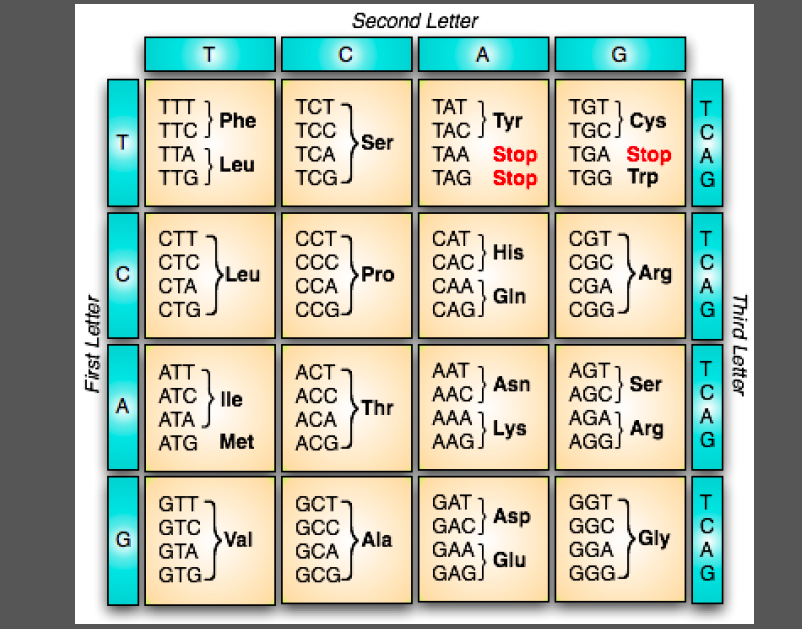


Nuclear fractionation allows isolation of bulk chromatin and subsequent identification of chromatin bound RNAs via sequencing, but does not provide sequence-resolved maps of RNA binding locations along the genome ( Werner and Ruthenburg, 2015). However, de novo discovery of chromatin-associated RNAs remains limited to computational predictions ( Guttman and Rinn, 2012) or association with previously known factors ( Khalil et al., 2009). These techniques use hybridization of complementary oligonucleotides to pull down a single target RNA and then next generation sequencing or mass spectrometry to identify its DNA- or protein-binding partners ( Simon et al., 2011). Genomic methods for studying the localization of specific RNA transcripts include ChIRP ( Chu et al., 2011), CHART ( Engreitz et al., 2013), and RAP ( Simon et al., 2011). Despite these well-studied examples, the genomic targets of most chromatin-associated ncRNAs are unknown, and the mechanisms by which these ncRNAs regulate the epigenetic and spatial organization of chromatin remain largely unexplored. Finally, repetitive ncRNA transcripts have roles at chromosomal loci essential in maintaining genomic integrity over many cell divisions, including TERRA at telomeres ( Bunting et al., 2010) and alpha-satellites near centromeres ( Hall et al., 2012). Other ncRNAs, such as HOTAIR ( Rinn et al., 2007 Chu et al., 2011), HOTTIP ( Wang et al., 2011), and enhancer RNAs ( Sigova et al., 2015), have been shown to regulate expression of specific genes by localizing to chromatin and recruiting activating or repressing proteins. In female mammals, Xist is expressed from a single X-chromosomal locus and coats the X chromosome from which it is expressed in order to silence transcription ( Augui et al., 2011). In Drosophila, roX1 and roX2 are part of the male-specific lethal (MSL) complex that coats the single male X chromosome to acetylate histone H4K16 and increase transcription ( Conrad and Akhtar, 2012). Some of the most well studied ncRNAs are those involved in dosage compensation, which include roX1 and roX2 in Drosophila and Xist in mammals. Much of the eukaryotic genome is transcribed into non-coding RNA (ncRNA), and several studies have established that a subset of these ncRNAs form ribonucleoprotein complexes that bind and regulate chromatin ( Guttman and Rinn, 2012 Meller et al., 2015 Cech and Steitz, 2014).


 0 kommentar(er)
0 kommentar(er)
